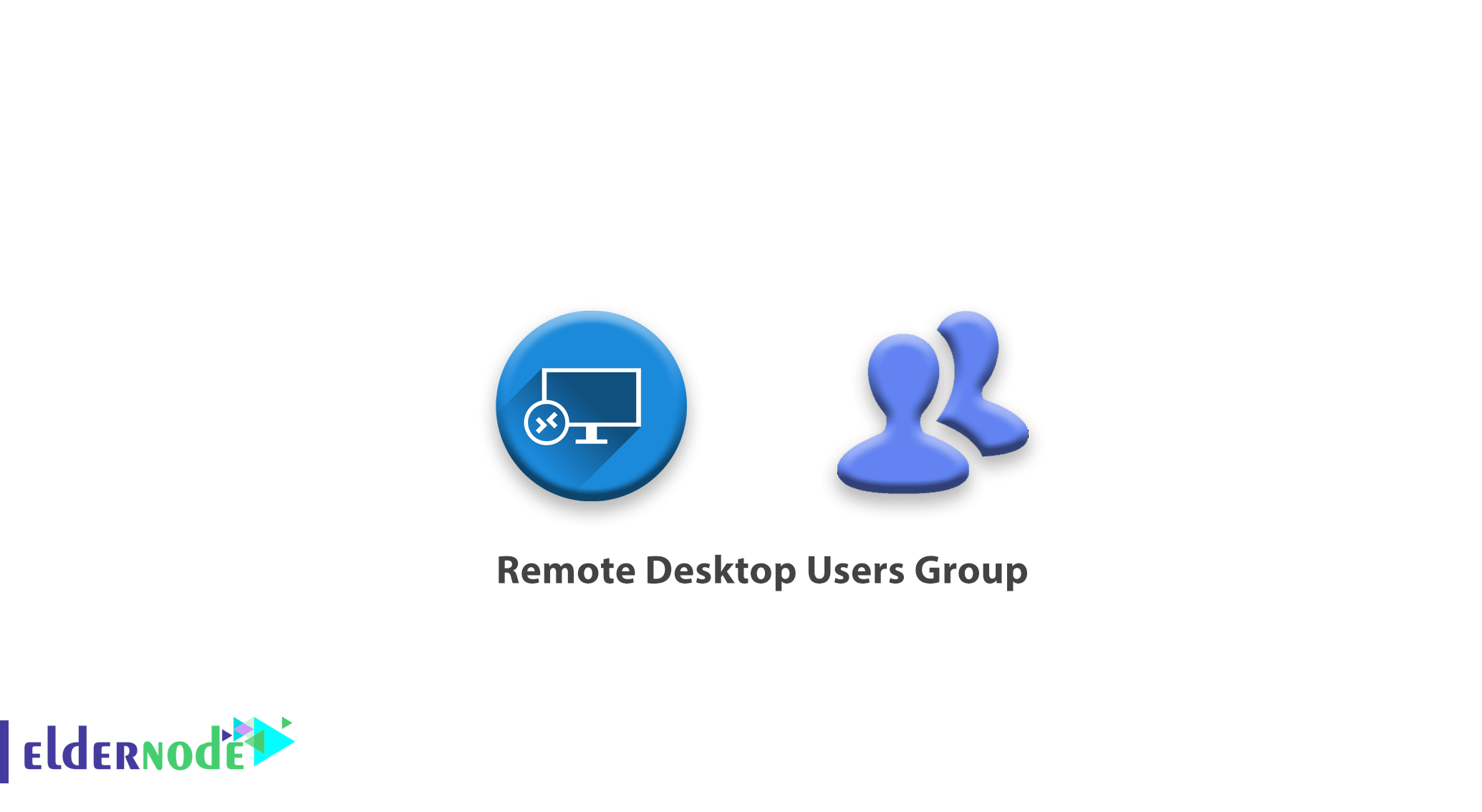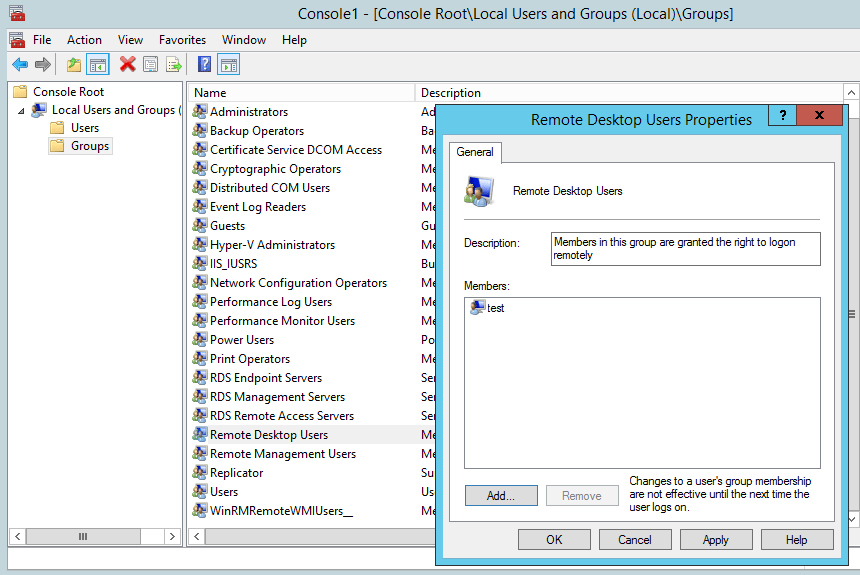

WINDOWS DESKTOP GROUPS WINDOWS
On the flip side, other users expect the taskbar to always give them access to all their open windows no matter where they are. On one side, some users want stronger separation between desktops and expect to see open windows that are only on the current desktop. One of the most divided opinions about virtual desktops is what windows are represented on the taskbar. WIN + CTRL + F4: Close the current desktop.
WIN + CTRL + LEFT/RIGHT: Switch to previous or next desktop.Drag and drop a window to move it to another desktopįor the keyboard inclined users, you’ll appreciate some of these shortcut combos to accelerate your virtual desktop experience. You can even drag a thumbnail to the “new desktop” button to create and move it to a new desktop in one step. You can now drag any window into the desktop you want to move it to right from task view. We heard you loud and clear! We decided to expedite drag-and-drop support in our schedule so that we could provide Insiders with the feature sooner. Of all the virtual desktop feedback provided by Windows Insiders since the January Tech Preview (build 9926), over 63% of requests were in regards to making it easier to move windows across desktops. We know from time to time you may want to re-organize which windows go on which desktop. That’s right, no need to switch to one desktop at a time to search for the window you’re looking for! You can even click on the app preview from task view to bring that window straight to the top. Just hover over each desktop preview and Windows will let you peek into any desktop to see what windows are open there. However, what if you’re trying to find that music player and you forgot which desktop you had it on? With hover preview it really is a breeze. The labels along with accurate previews make it easy to find what you want to switch to. Under that you will find the list of desktops you have open. However, task view also is able to filter this list when you create virtual desktops, so only the relevant windows appear. The top part of this view shows previews of the windows you have open, just like Alt+Tab. Task view is also where you can go to switch between desktops. You may find the need to have more desktops…the possibilities are endless. I like to run my work email and Office apps on the first desktop and open my personal browsing on my second desktop. Just like how you can run as many application windows as you like, there’s also no limit to how many desktops you can create. To add a new desktop simply click the task view button on your taskbar and click the “new desktop” button. Keep you in control of the degree of separation between your grouped windows.Let you easily re-organize your groups and move windows as tasks evolve.Help you quickly locate and switch to any window or group of windows.Give you more desktop space to group related windows.

Here are some high-level goals we identified: For those of you who like to organize your windows, we want to make sure that we offer the right experience to create and manage these groups. The same approaches also apply to open windows on a desktop. We see this regularly with the way people handle email and directory structures for files. For instance, we know that there are “filers” who like to separate things into subsets and then there are “pilers” who prefer to tackle tasks in a single group.
WINDOWS DESKTOP GROUPS WINDOWS 10
When our team set out to build virtual desktops into Windows 10 we first took the time to understand how different people approach organization. Given the growing popularity of this organizational tool, we decided to build a native virtual desktop experience directly into Windows 10. Many other OSes and third-party utilities have also embraced the power of virtual desktops. Microsoft offered the Virtual Desktop Manager as part of the Windows XP PowerToys and a little while later released the Sysinternals Desktops add-on which enabled similar functionality. In fact, Xerox PARC created one of the earliest virtual desktop experiences called Rooms back in the 1980s and subsequently made a version available for Windows 3.x. Having desktops beyond the limitations of a physical display is a powerful way to organize and quickly access groups of windows. We know there’s a vocal set of people who just love virtual desktops.


 0 kommentar(er)
0 kommentar(er)
